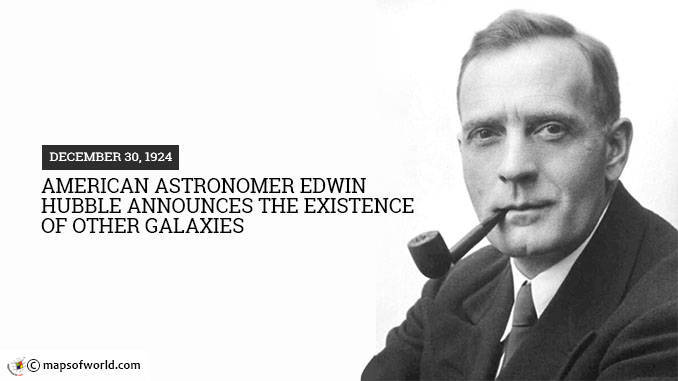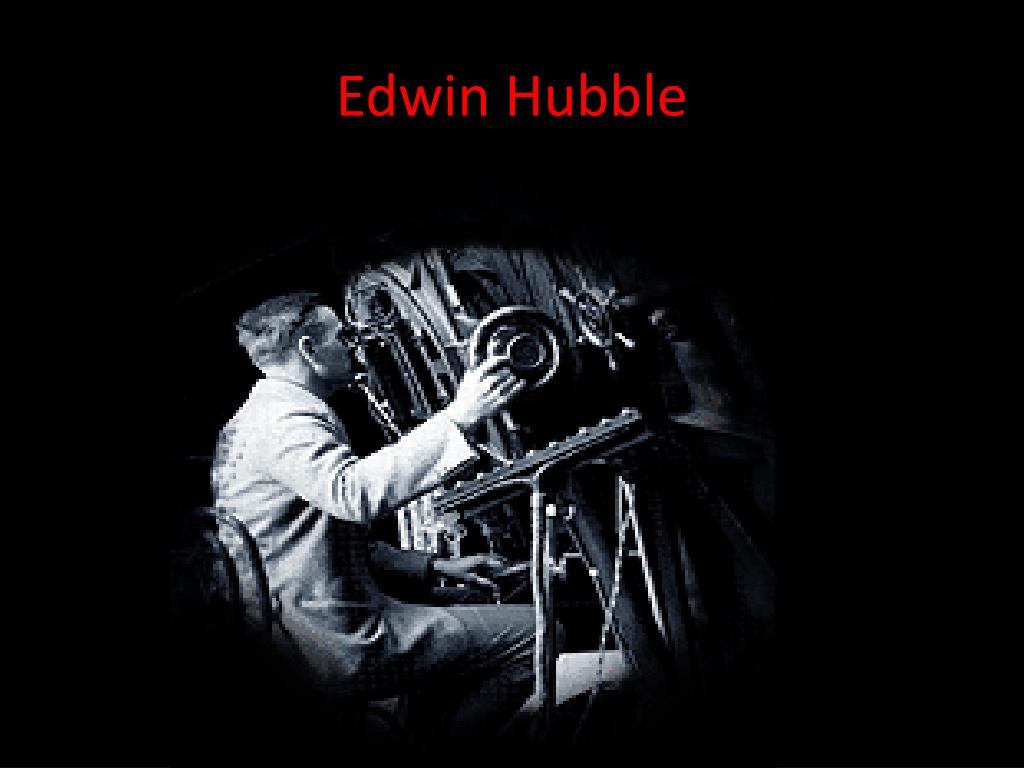


- #EDWIN HUBBLE RESEARCH ON GALAXIES DRIVER#
- #EDWIN HUBBLE RESEARCH ON GALAXIES PATCH#
- #EDWIN HUBBLE RESEARCH ON GALAXIES PROFESSIONAL#
Hubble, the telescope, also helped discover that not only is the universe expanding, the expansion is accelerating. In 2006, a team studying the cosmic microwave background with NASA's WMAP satellite tweaked this measurement to 70 km/sec/Mpc. In 2001, a team studying supernovae with Hubble, along with ground-based optical telescopes, established a rate of 72 ± 8 km/sec/Mpc. The Hubble Space Telescope was launched in 1990, one of its major goals being to pin down the Hubble Constant. (A megaparsec, or a million parsecs, is a distance equal to about 3.26 million light-years so a galaxy two megaparsecs away is receding from us twice as fast as a galaxy only one megaparsec away.) This estimate is called the Hubble Constant, and scientists have been fine-tuning it ever since.
#EDWIN HUBBLE RESEARCH ON GALAXIES DRIVER#
Wilson, Milton Humason (who started as a mule driver during the construction of the observatory, then janitor, then night assistant), estimated the expansion rate of the universe to be 500 kilometers per second per megaparsec. Several scientists had also posed this theory based on Einstein’s General Relativity, but Hubble's data, published in 1929, helped convince the scientific community. Based on this observation, Hubble concluded that the universe expands uniformly. What Hubble found was that the farther apart galaxies are from each other, the faster they move away from each other. He created a system for classifying galaxies into ellipticals, spirals and barred spirals - a system called the Hubble tuning fork diagram, used today in an evolved form.īut the most astonishing discovery Hubble made resulted from his study of the spectra of 46 galaxies, and in particular of the Doppler velocities of those galaxies relative to our own Milky Way galaxy. By the end of that decade he had discovered enough galaxies to compare to each other. This was a shift in thought as profound as understanding the world was round and that it revolved around the sun. By the end of the 1920s, most astronomers were convinced that our Milky Way galaxy was but one of millions in the universe. In the following years he made similar discoveries with other nebulae. From this Hubble deduced that the Andromeda Nebula was not a nearby star cluster but rather an entire other galaxy, now called the Andromeda galaxy. One star he saw was a Cepheid variable, a type of star with a known, varying brightness that can be used to measure distances. He found that it contained stars just like the ones in our galaxy, only dimmer.
#EDWIN HUBBLE RESEARCH ON GALAXIES PATCH#
In 1923 Hubble trained the Hooker telescope on a hazy patch of sky called the Andromeda Nebula. Our galaxy, it was thought, was synonymous with the universe. Most astronomers of Hubble's day thought that all of the universe - the planets, the stars seen with the naked eye and with powerful telescopes, and fuzzy objects called nebulae - was contained within the Milky Way galaxy. Hubble, it seemed, had the universe placed in his lap. Hubble was offered a staff position at the Mount Wilson Observatory, which housed the newly commissioned 100-inch Hooker telescope, then the largest telescope in the world.


It was 1919, just a few years after Albert Einstein published his theory of general relativity, and bold, new ideas about the universe were fermenting.
#EDWIN HUBBLE RESEARCH ON GALAXIES PROFESSIONAL#
Hubble, a tall and athletic man who excelled at sports and even coached high school basketball for a short while, started his professional science career during one of the most exciting eras of astronomy. His discovery in the 1920s that countless galaxies exist beyond our own Milky Way galaxy revolutionized our understanding of the universe and our place within it. For instructions, click hereĮdwin Hubble, for whom the Hubble Space Telescope is named, was one of the leading astronomers of the twentieth century. The site requires that JavaScripts be enabled in your browser. This website is kept for archival purposes only and is no longer updated.


 0 kommentar(er)
0 kommentar(er)
